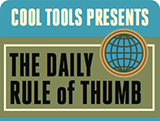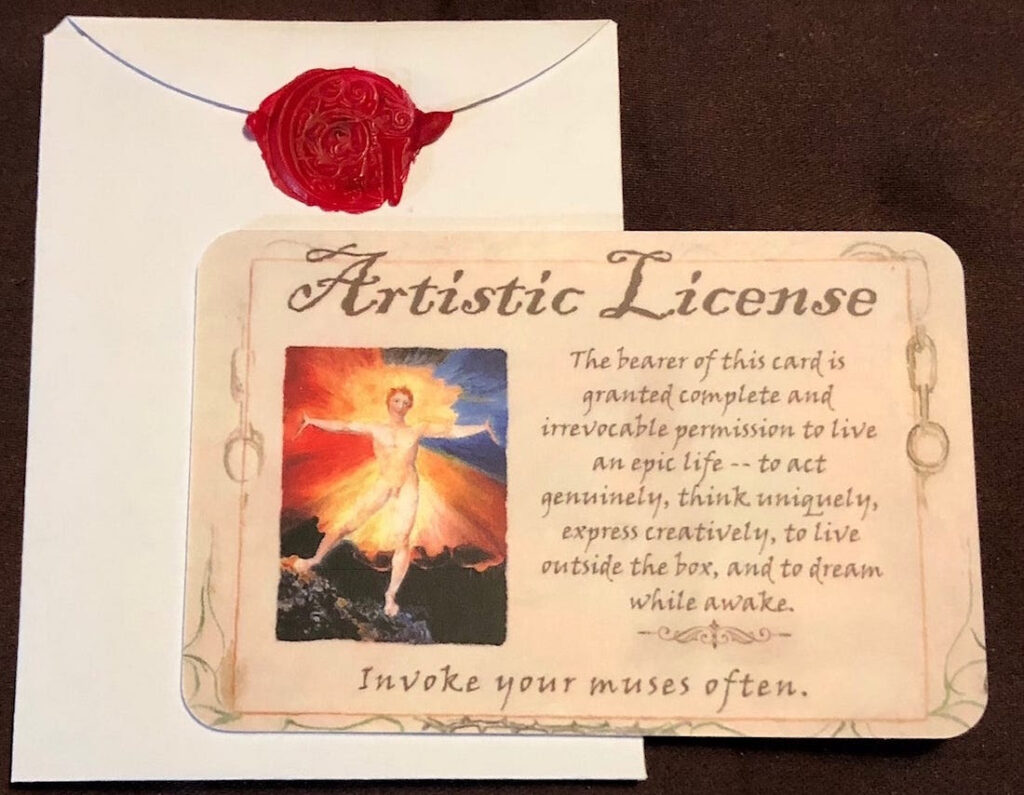Pontiac Pizazz!/ Aleister & Adolf
Issue No. 50
Books That Belong On Paper first appeared on the web as Wink Books and was edited by Carla Sinclair. Sign up here to get the issues a week early in your inbox.
ONE OF A KIND BOOK THAT ILLUSTRATES IN WORD AND ART THE HIGHLIGHTS OF THE PONTIAC






Pontiac Pizazz!
by Jim Wangers, Art Fitzpatrick
Dave Anderson
2007, 64 pages, 12.4 x 0.6 x 12.2 inches, Hardcover
Way back in the early 1970s, during the prior “pre-Photoshop” millennium, my fellow industrial design students and I labored to create photo-realistic renderings of products and cars with old-school, analog materials. Air-brushed gouache paints created super-smooth graduations of color, magic markers made deep shadows, and razor-sharp details like sparkling highlights and chrome reflections were added precisely with colored pencil.
Our shining inspiration was a series of print ads by Pontiac, which appeared in popular magazines like National Geographic. Exaggerated perspectives made for dynamic views of the “Wide Track” Pontiac cars, and the far-flung settings included romantic, young couples doing exotic things like surfing or rally racing in Europe. These dramatically lit and staged renderings of cars and people were totally believable and more glamorous and compelling than any photograph ever could be. And who were the artists? Each of fantastic renderings was signed only with the mysterious initials: “VK AF.”
VK was Van Kauman, a former Disney animator who painted the wonderful figures and background settings. AF was Art Fitzpatrick, a long-time automotive illustrator. Together they created 285 of these magical masterpieces for Pontiac.
This book brings you the art of Art Fitzpatrick, featuring new paintings of many of the muscle cars and other “Wide Track” Pontiacs. The large format is fitting — the square book opens up to a wide, two-page layout and the car renderings are reproduced in the eye-popping panoramas. The exaggerated perspective of AF’s early work is best appreciated at this big scale and even at that, some of the cars literally burst out of the layout frames.
But wait — there’s more! The text contains the stories behind the cars from the time when Detroit ruled the roads (and showrooms). Automotive marketer Jim Wanger’s remembrances will be of interest to any fan of muscle cars. The competition for bigger and bigger engine displacements, competitive racing sponsorships, even pop culture cars like the customized Monkeemobile GTO and the Smokey and Bandit Firebird are all included. Come for the art — stay for the stories.
– Bob Knetzger
ALEISTER CROWLEY AND ADOLF HITLER WAGE OCCULT WAR IN DOUG RUSHKOFF’S LATEST









Aleister & Adolf
by Douglas Rushkoff, Michael Avon Oeming (Illustrator)
Dark Horse Originals
2016, 88 pages, 6.3 x 0.5 x 9.3 inches, Hardcover
Anyone who’s waded any distance into the murky waters of legend surrounding British occultist Aleister Crowley has likely heard the stories about his involvement with British intelligence in WWII. He helped interrogate Rudolf Hess after Hess flew a plane from Germany to Scotland to negotiate peace. He worked closely with Ian Fleming (and Fleming’s Blofeld is based on him). He falsified astrology charts to throw off Hitler’s soothsayers. Or, these are the apocryphal stories, anyway.
In Aleister & Adolf, author, media theorist, and now comic book writer, Doug Rushkoff makes clever use of these and other tales about the self-proclaimed Beast 666 to make a deeper point about the profound manipulating powers of “charged” symbols in our modern world. It’s ultimately a book about how the manipulation of symbols and the effective use of propaganda can have deep consciousness-changing effects on a population, and can lead to fascism. Timely, eh?
The book runs with one well-known story from the Crowley apocrypha, that he was responsible for creating the V for victory symbol to be used by Churchill as a counter-sigil (occult symbol) to neutralize the swastika. Rushkoff casts Crowley and Hitler as real-world superhero and supervillain (or maybe, supervillain working for the good guys and straight-up supervillain) in an intense war of symbols and psychic combat. Actually, we don’t see much of Adolf in this book, Aleister & Adolf is mainly about the Crowley side of the magical front lines, as seen through the eyes of a young American army newspaper photographer sent to spy on Crowley and possibly recruit him to work for the U.S. The Crowley story is bookended by a tale set in New York, 1995, of a young web designer for a big corporation who stumbles upon the Aleister and Adolf war story and its ominous relevance to advertising and the burgeoning web.
While the subject-matter is certainly compelling enough, the whole project really becomes something special in the hands of artist Michael Avon Oeming (best known for the Powers comic book with Brian Michael Bendis). Oeming achieves some very intense and charged occult imagery within these pages. Using very vivid, bold, and black-saturated panels, Oeming’s graphic narrative creates a succession of dizzying, dark and shadowy corridors that you feel like you’re stumbling through in some opiated haze. This book feels like a trip through a haunted house. Or at least that’s where the visuals took me. I can’t think of an artist who could have done a better job of rendering Rushkoff’s story than Michael Oeming.
[Perhaps even more magical to me than the art in the book is watching Mike Oeming ink up a panel of it in this YouTube video]
– Gareth Branwyn
01/21/25







